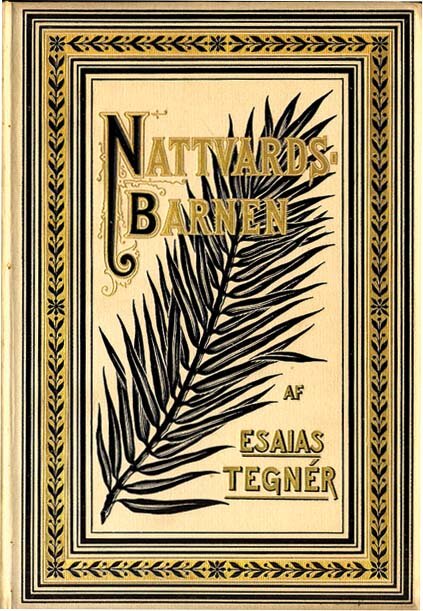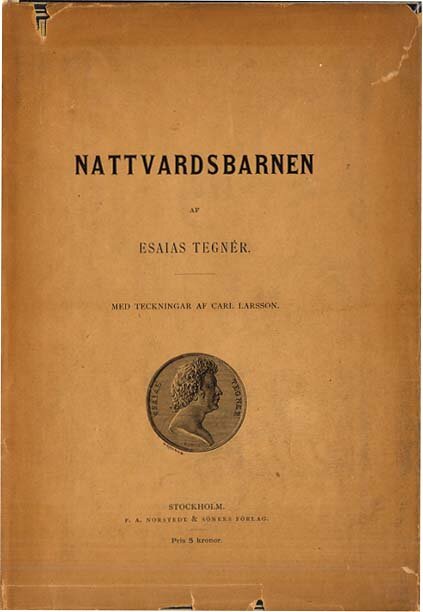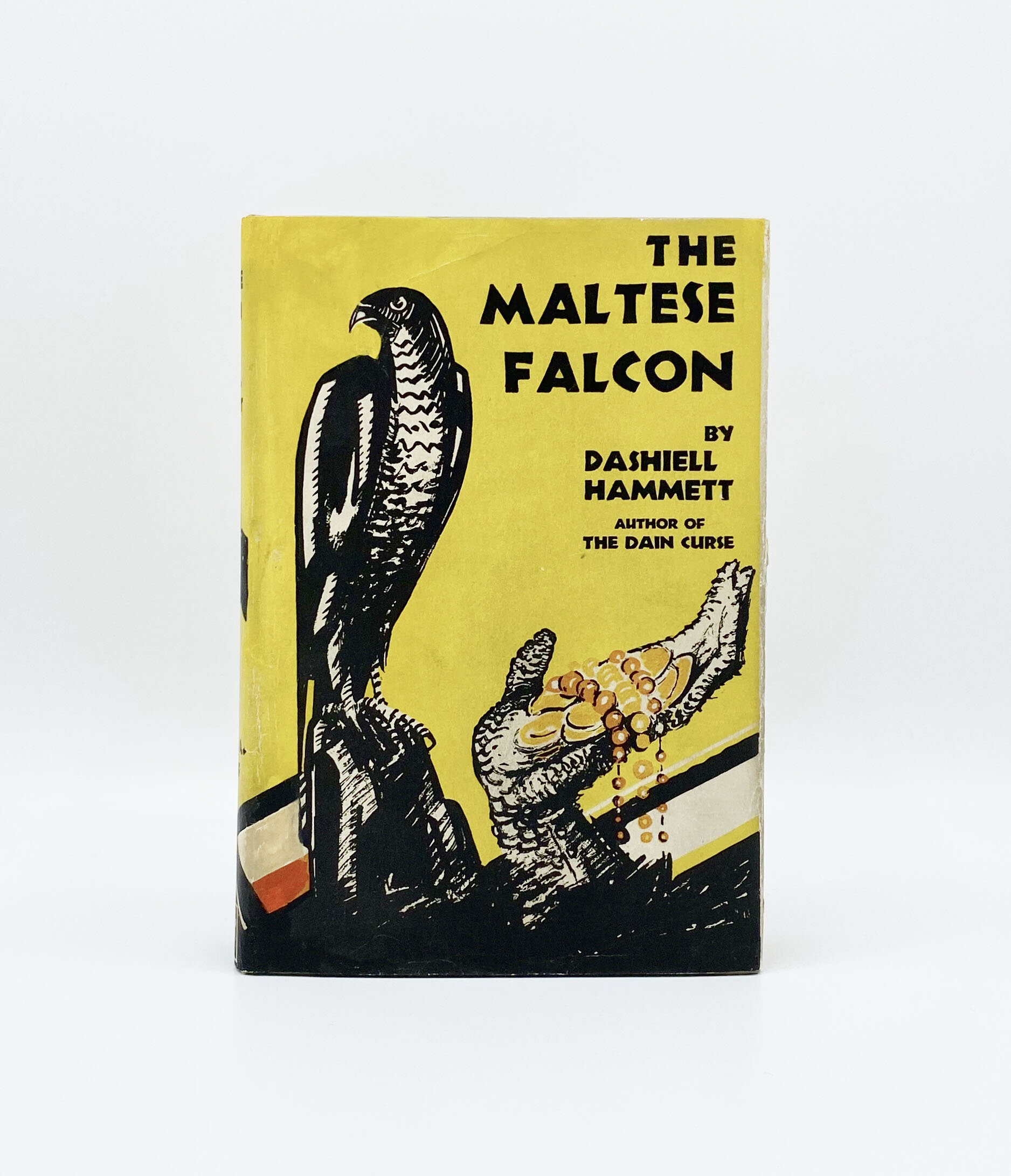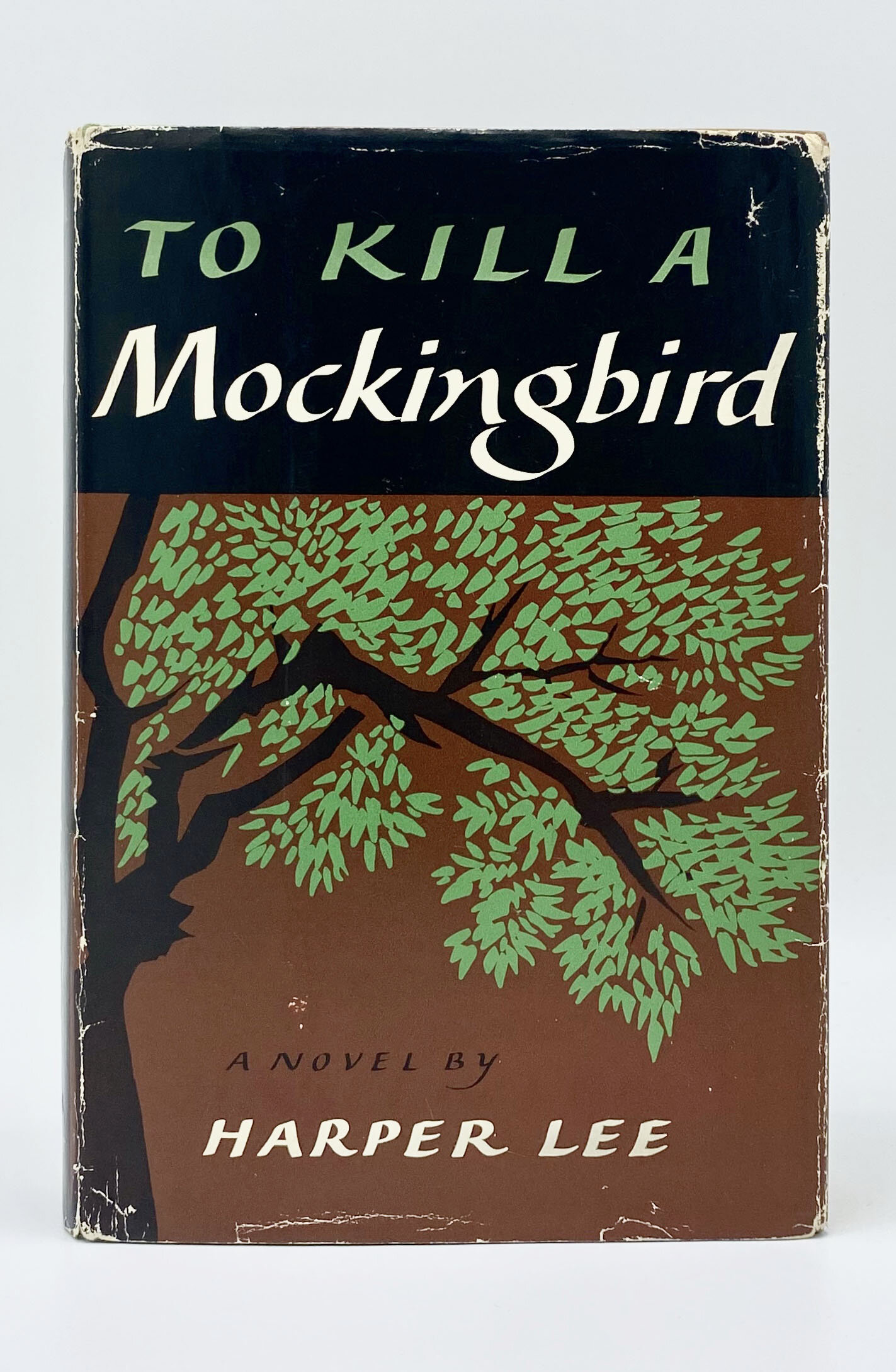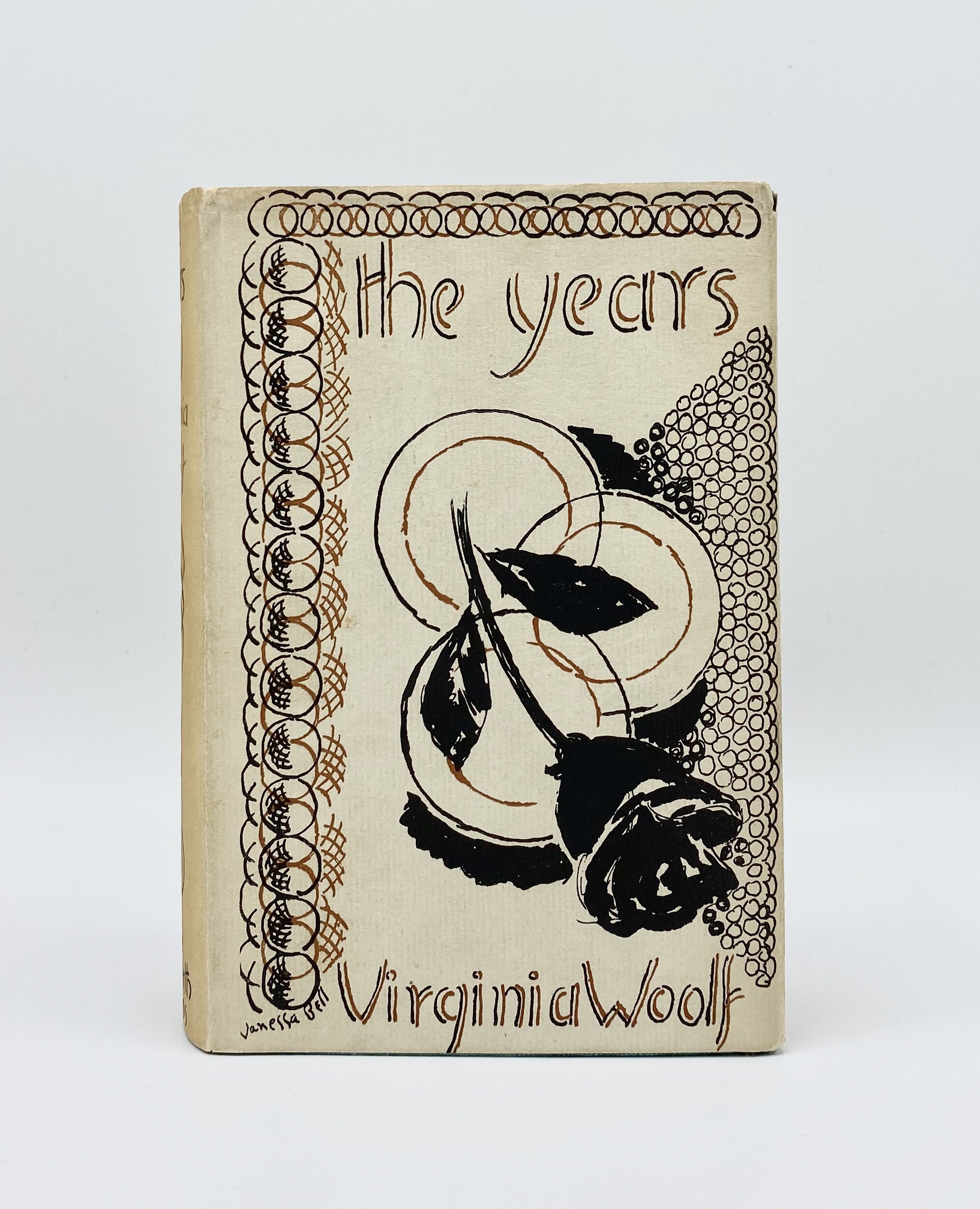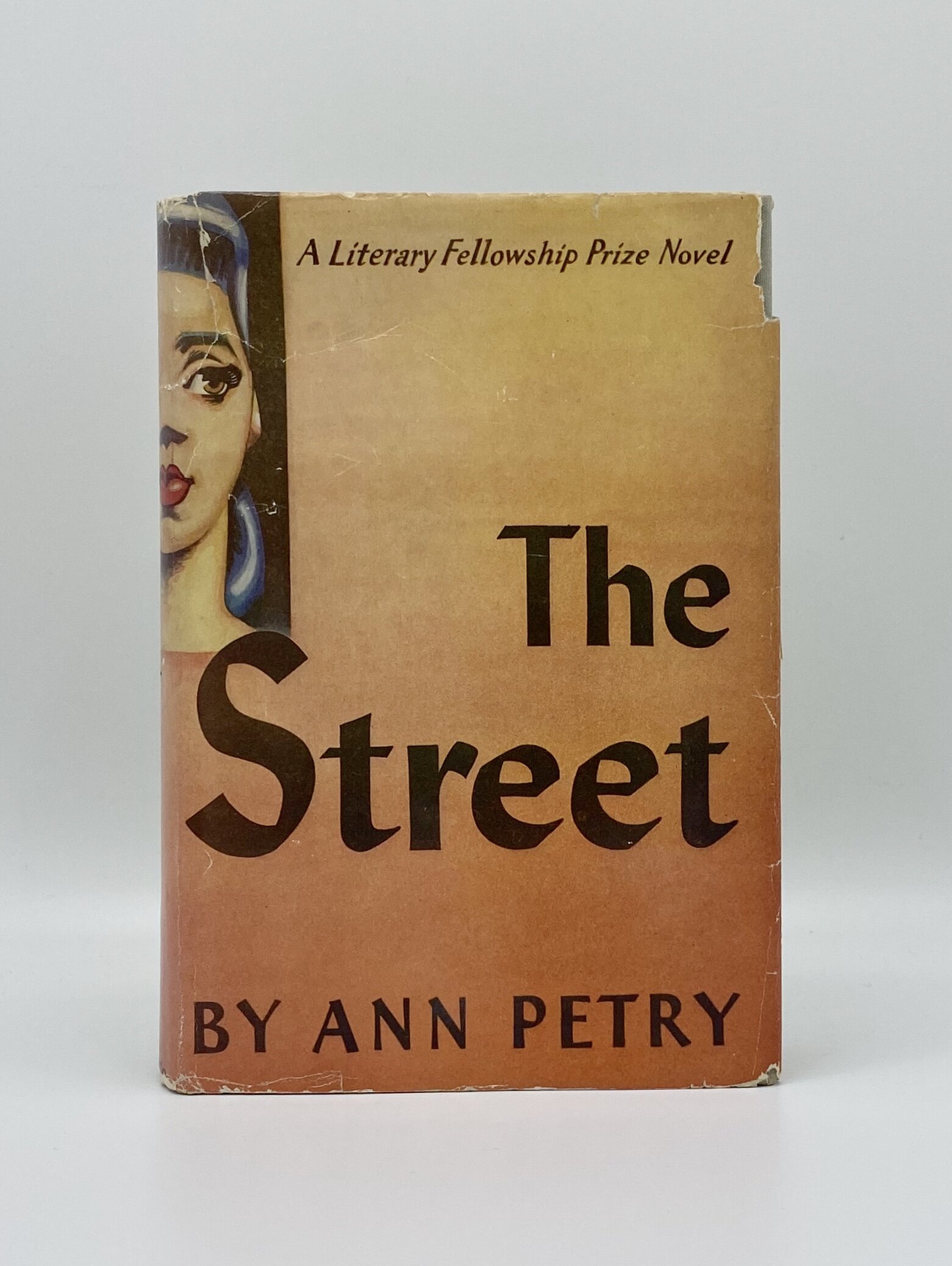Why Book Collectors Like Dust Jackets
If you’re new to book collecting, it can be hard to understand the importance of dust jackets. How can a single piece of paper make the difference between a $4000 book and a $75,000 book? How can certain first editions suddenly lose all their collectible desirability if they’re missing the paper they were wrapped in?
I’m going to attempt to defend the quirk that says a piece of paper around the book matters. My defense: a lesson in the history of printing.
Dust jackets are seen as a trait of 20th-century books. But the earliest dust jackets appeared surprisingly early in the 19th century–the oldest known jacket dates from 1830. Yet we don’t associate dust jackets with the 19th century because the early stages of dust jacket evolution were humble, and as such, the jackets were rarely saved.
Dust jackets were first used for books with beautiful, elaborate, expensive bindings. Seem counterintuitive? Why cover up a gorgeous binding?
A Swedish publication from 1881, its lavish original binding on the left, with the dust jacket more reminiscent of a title page — for identification — on the right.
When you buy a book from my rare book company, or from a high quality dealer in general, your book will come wrapped not only in something used for stuffing the package (like bubble wrap), but the book itself will be wrapped in paper, like a present. Dealers do this to provide extra protection for the book in transit.
That’s how dust jackets were born: those luxurious bindings had to be protected until they reached their final home. What’s worse than buying a new book with a fancy binding, only to receive it scuffed up?
Dust jackets started not as part of the books, but as a means of protecting the book. Not too hard to understand, since jackets still function as protection to their books today. The difference is that today we don’t throw away the dust jacket after we’ve gotten the book safely home. Unlike in the 19th century, today we see dust jackets as part of the book.
A handmade dust jacket for an 1892 edition of The Scarlet Letter, created by an early owner to protect the book and decorated with an original watercolor design. From Type Punch Matrix.
This change in perspective occurred for largely commercial reasons. Booksellers found it useful for the title of the book to be printed on the protective shipping wrapper to help identify the book underneath. It was only a matter of time before the commercial capabilities were tapped.
A book of Victorian Christmas poetry, circa 1890, in its original dust jacket
During this time, a given book’s cover and its dust jacket were both often decorated to help sell the book. (And in plenty of cases, a dust jacket still wasn’t even issued.) But towards the end of the 19th century, booksellers began to realize that it was cheaper to focus all their efforts on decorating the jacket covering the book, rather than the book itself. The elaborate cloth book designs of the late-19th and early-20th century fell out of favor, supplanted by simpler book covers wrapped in beautiful dust jackets.
To see more examples of this style of binding, view my rare book catalogue dedicated to them: Judging a Book by Its Cover (PDF)
Once their cheap marketing potential became clear, publishers took much more notice of dust jackets. They knew a great cover alone could sell a book, so they started hiring artists to design covers. The better the design, the more help it provided selling the book. Everyone wins: publishers sell more books, consumers receive beautiful books. Many of the most sought-after jackets in the history of printing are, naturally, celebrated for their artwork.
And now, in the early 20th century, some consumers began to save the dust jackets even after they brought the book home safely. The jackets were too visually appealing to throw in the trash.
This is why we associate jackets with the 20th century—it was really after 1900 that dust jackets were consistently produced and perceived to be appealing, not just the trash wrapping the book was shipped in. The jacket had become a part of the book, without which the book would seem incomplete.
From protection to marketing, marketing to art. That’s the story of dust jackets.
Back to the beginning: why dust jackets? The obvious answer is that collectors want the book to remain as close as possible to the state they appeared when they were first produced. But dust jackets take that historian’s dream and add simple appreciation for a beautiful creation. The first edition book and the artwork first envisioned for it belong together, a time capsule of the moment when that book first appeared in the world.
First published 7 March 2013.

